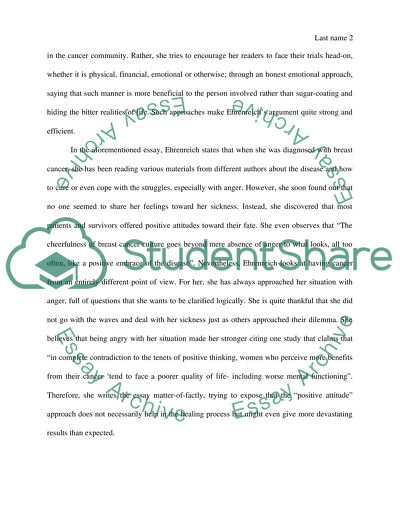Cite this document
(Approach of Cancer Patients Case Study Example | Topics and Well Written Essays - 1523 words, n.d.)
Approach of Cancer Patients Case Study Example | Topics and Well Written Essays - 1523 words. Retrieved from https://studentshare.org/health-sciences-medicine/1681555-critique-paper
Approach of Cancer Patients Case Study Example | Topics and Well Written Essays - 1523 words. Retrieved from https://studentshare.org/health-sciences-medicine/1681555-critique-paper
(Approach of Cancer Patients Case Study Example | Topics and Well Written Essays - 1523 Words)
Approach of Cancer Patients Case Study Example | Topics and Well Written Essays - 1523 Words. https://studentshare.org/health-sciences-medicine/1681555-critique-paper.
Approach of Cancer Patients Case Study Example | Topics and Well Written Essays - 1523 Words. https://studentshare.org/health-sciences-medicine/1681555-critique-paper.
“Approach of Cancer Patients Case Study Example | Topics and Well Written Essays - 1523 Words”, n.d. https://studentshare.org/health-sciences-medicine/1681555-critique-paper.


